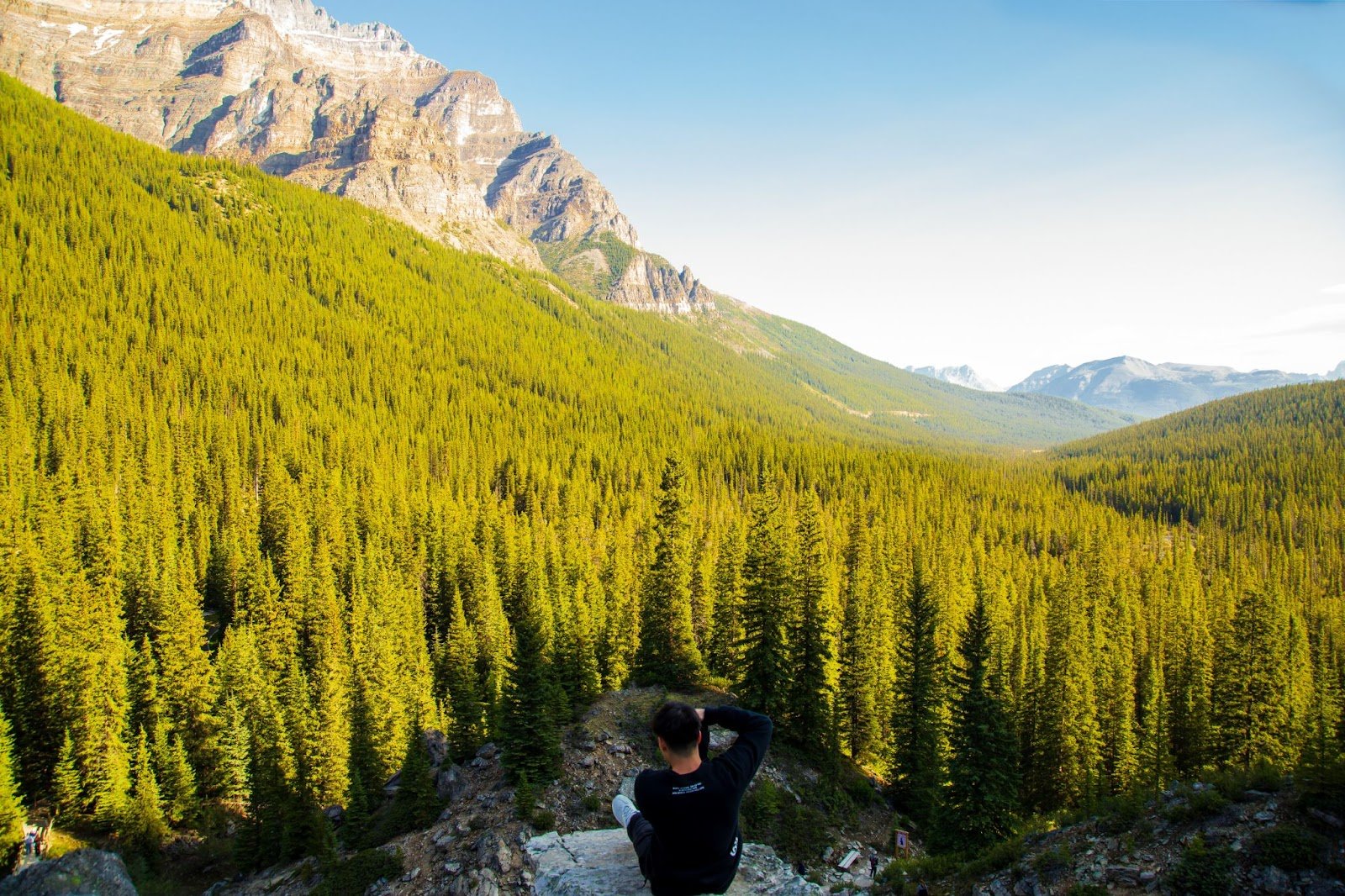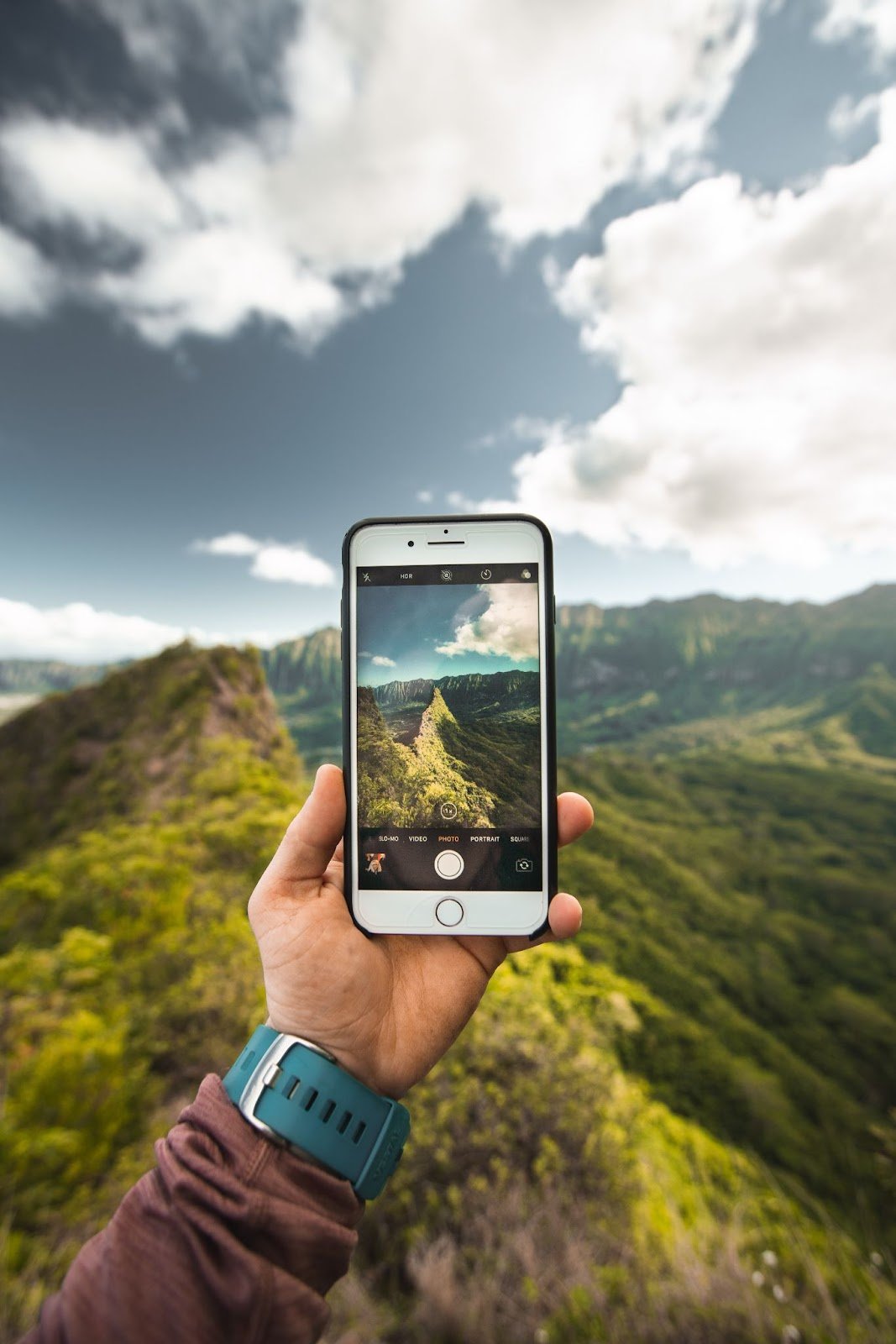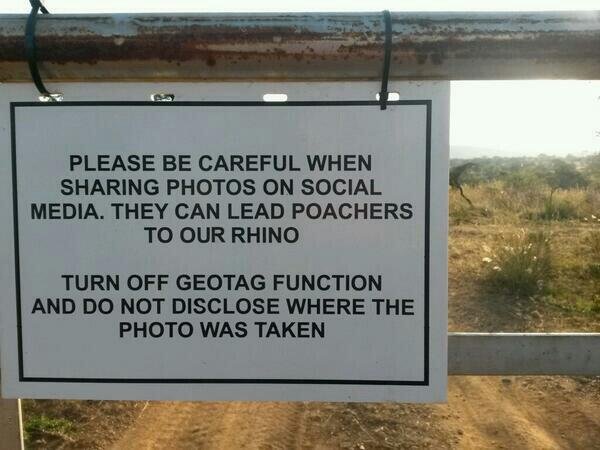HOW YOUR PHOTOS MIGHT HARM WILDLIFE
Credit: Pexels
Data can save wildlife. Scientists need it to get precise research results and experiments, policymakers – to make more informed decisions about regulations and agendas. But data can also threaten wildlife. In fact, your own phone can. The beautiful photos of nature that you take with your smartphone carry a huge amount of data: location, date, and time. And if you post photos online without removing the data, poachers can use them to track vulnerable species.
Sharing pictures online has become a ubiquitous part of modern life. Capturing the moment, sharing it online with friends or the whole world is no longer only a privilege of professional photographers. For example, the statistics say at least 95 million videos and images are uploaded daily to the social media Instagram. Many of them feature travel spots, nature, and wild animals. And unfortunately, such photos of wildlife online can have unintended consequences and lead to wildlife crime.
The main threat that photos have is geotagging. It stands for adding the location where a photo was taken with the exact coordinates. Have you noticed that your phone creates a map with locations where your photos were taken? Or social media that adds the locations automatically? This is exactly where geotagging comes into play.
Credit: Pexels
If you have ever gone on guided tours to see wild animals, for example, Safari rides, you know that sometimes it is all about luck to see a rhino or a pride of lions. But then this luck of tourists makes the lives of poachers easier. If travelers upload a picture without deleting geotags, criminals can track down the exact location to use it for hunting. The first cases of misuse of social media by wildlife criminals took place in the early 2010s, right after they appeared. In South Africa, national parks even installed prevention signs for tourists:
Credit: Twitter
Another way your photos can harm wildlife is by sharing date and time when they were taken. They can reveal patterns of behaviour and movements of animals. And this, unfortunately, can also be misused by criminals who track animals to kill them for illegal wildlife trade.
And not only pictures of actual animals but of their nesting and breeding sites can be harmful to wildlife. In fact, these photos entail even more serious consequences, as animals are even more vulnerable in those places and their offspring can be left unprotected.
You can take a picture of an animal during the day and post it on social media to get likes and comments and have poachers come in the night to take the same animal’s life. To avoid that, one can follow these principles of responsible photography:
Do not geotag your photos of wildlife to keep the location of endangered species confidential.
Avoid sharing the date and time when your pictures were taken.
Be mindful regarding sharing pictures of breeding and nesting sites, as well as their location, date and time.
Raise awareness about how metadata can impact wildlife.
Even small steps can make a huge difference in preserving wildlife and biodiversity. If you would like to learn more about how data can contribute to it too, sign up for our newsletter.



